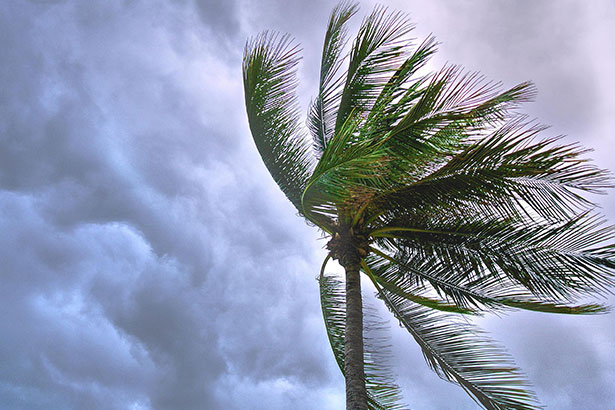
Essential Tips for Driving in Wind in the Western Cape
The Western Cape province of South Africa is renowned for its strong winds that can cause driving conditions to be hazardous. Whether you’re navigating the winding coastal roads, some of the province’s many passes or even just out on the highways and byways, being prepared for windy weather is crucial for your safety on the road.
It’s in times like these that it is best to have a defensive driving strategy. In this article, we take a look at defensive driving strategies, what mistakes to avoid during windy conditions and essential tips to keep you safe on the roads when the weather gets blustery.
Defensive Driving Principles
Defensive driving is a set of driving strategies that allow drivers to address identified hazards in a predictive manner.
The principles of defensive driving include:
- Defensive drivers constantly scan the road ahead
- They anticipate that other drivers may make mistakes like running stop signs, drifting into another lane, or misjudging stopping distances.
- Drivers adjust their speed based on road conditions, traffic patterns, and visibility.
- Skilled defensive drivers position their vehicles to have an ‘out’ or escape path to avoid potential hazards.
Driving Mistakes in Windy Weather Conditions
Driving when winds are strong requires extra caution and adjustments to minimise risks. Some of the most common mistakes drivers make include:
Not Reducing Speed in Windy Conditions
One of the biggest errors is failing to slow down sufficiently when winds are gusty. Reducing speed is crucial for maintaining control, especially for vehicles that are more impacted by crosswinds and gusts.
Abrupt Steering/Braking Inputs
Suddenly braking or changing lanes increases the risk of losing control in windy weather. Strong gusts can easily push a vehicle off its intended path if harsh corrections are made.
Not Looking Far Enough Ahead
Many drivers fail to continuously scan far down the road ahead when winds are strong. This diminishes reaction time to debris, obstructions, or wind shifts that may require evasive action.
Following Too Closely
Leaving inadequate space between vehicles is hazardous when winds are gusting. Increase your following distance to allow longer stopping distances.
Losing Concentration
Any lapse in focus when battling windy conditions greatly elevates the risks. Distractions can delay reaction times that need to be instantaneous if a gust causes your vehicle to move erratically.
By adjusting speed downward, making smooth steering/braking inputs, looking well ahead, providing plenty of space around your vehicle, and remaining hyper-vigilant, drivers can operate much more safely when winds are creating challenging conditions on the roads.
11 Essential Tips for Driving in the Wind
Here are some essential tips to remember for driving safely in windy conditions in the Western Cape:
- Reduce speed when winds are gusty, especially if driving a high-profile vehicle.
- Keep a firm grip with both hands on the steering wheel to maintain control.
- Continually scan for debris, obstructions or fallen objects on the road ahead.
- Increase your following distance to allow more braking room.
- Use extreme caution on bridges, overpasses and other elevated areas exposed to crosswinds.
- Avoid sudden manoeuvres like lane changes or braking when possible.
- Be prepared to pull over and wait out severe wind gusts if needed.
- Be extra vigilant in areas known to have high wind exposure.
- Never drive over downed power lines across the road.
- Allow extra space when passing trucks/vehicles that can be pushed by crosswinds.
- Avoid distractions and keep 100% of your focus on driving in windy conditions.
The key is slowing down, maintaining complete control, increasing following distances, being hyper-aware of your surroundings, and erring on the side of excessive caution until winds diminish to a safe level. Don’t hesitate to delay your trip or pull over if winds become dangerously strong. Keep safe out there! For more handy motoring tips, follow us on Facebook.

